El primer resto fósil de un dinosaurio en Guadalajara fue descrito en 2009. Se trataba de una vértebra caudal aislada, de un saurópodo titanosaurio, hallada en el Cretácico Superior Sacedón, en las cercanías del antiguo pueblo de Poyos o Santa María de los Poyos (Guadalajara) (ver información aquí). Un nuevo proyecto, actualmente en curso, ha permitido reconocer esta región fosilífera como de gran interés. Así, el yacimiento paleontológico ubicado en el término municipal de Sacedón, conocido como el yacimiento de Poyos, no sólo está aportando restos óseos muy relevantes, de tortugas, cocodrilos y, especialmente dinosaurios saurópodos y terópodos, sino que supone un área de nidificación singular.
Al mismo tiempo que se trabajaba en la excavación, algunos de los primeros resultados científicos fueron presentados en el 77 congreso de la Society of Vertebrate Paleontology, celebrado en Canadá.
Su resumen es el siguiente:
Several outcrops providing fossil remains of dinosaurs and other reptiles from the uppermost Cretaceous (Campanian and Maastrichtian) are known in the Villalba de la Sierra Formation (Central Spain), in the provinces of Cuenca and Guadalajara (Castilla-La Mancha). Numerous osseous remains of several clades of reptiles, the most abundant being the turtles (especially Bothremydidae), crocodiles (Allodaposuchidae) and dinosaurs (especially Titanosauria), were found in Lo Hueco fossil site (Cuenca). Remains of eggs were not identified there. However, they were recognized in the nearby site of Portilla (Cuenca) by abundant isolated fragments attributed to Megaloolithus siruguei. However, osseous remains are not present in this site.
Only an isolated dinosaur remain was so far known in the Villalba de la Sierra Formation levels of the adjacent province of Guadajalara: a caudal vertebra of a titanosaurian found in the area of Buendía (Sacedón). Recent paleontological surveys have been carried out for the first time in this area. As a result, several fossiliferous levels have been identified. Several remains of a medium-size theropod, probably corresponding to an abelisaurid ceratosaurian, are included among the new osseous elements. This finding is relevant considering the very scarce available record of this clade in the Iberian Upper Cretaceous record. Buendía is the first region of the Villalba de la Sierra Formation where both osseous and eggs remains are found. Thus, a level with abundant small fragments of eggs has also been recognized. However, the most relevant of the findings performed there is another level with abundant complete eggs. Although they correspond to dinosaur eggs probably belonging to Megaloolithidae, they cannot be attributed to Megaloolithus siruguei.
Therefore, the fossiliferous area of Buendía is recognized as singular considering several aspects. The only so far known outcrops of the Villalba de la Sierra Formation with remains of vertebrates in the province of Guadalajara are located there. Contrasting with the fossil sites previously identified in this Formation (Lo Hueco and Portilla), both bones and eggs are recognized in Buendía. Remains of medium-size theropods, poorly represented in this Formation, have been found. The ootaxon hitherto known in this Formation, Megaloolithus siruguei, is not the one found in Buendía. The first complete eggs of Central Spain, and also the first dinosaur nesting area of this region, are recognized for the first time.
-----
Más información:
- Referencia: Pérez-García, A.; Gascó, F.; Ortega, F. 2017. A singular uppermost Cretaceous dinosaur nesting area in the Villalba de la Sierra Formation (Guadalajara, Central Spain). 77th Annual Meeting of SVP. Abstract book: 176.


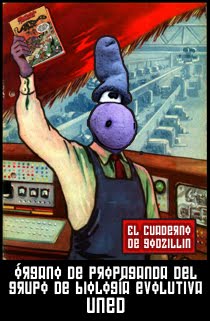
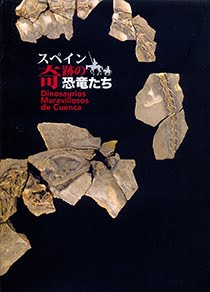








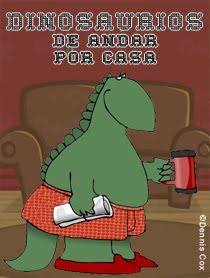







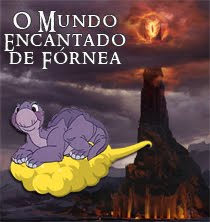
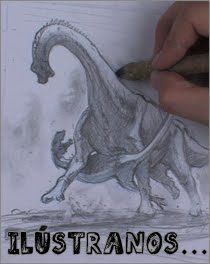






No hay comentarios:
Publicar un comentario